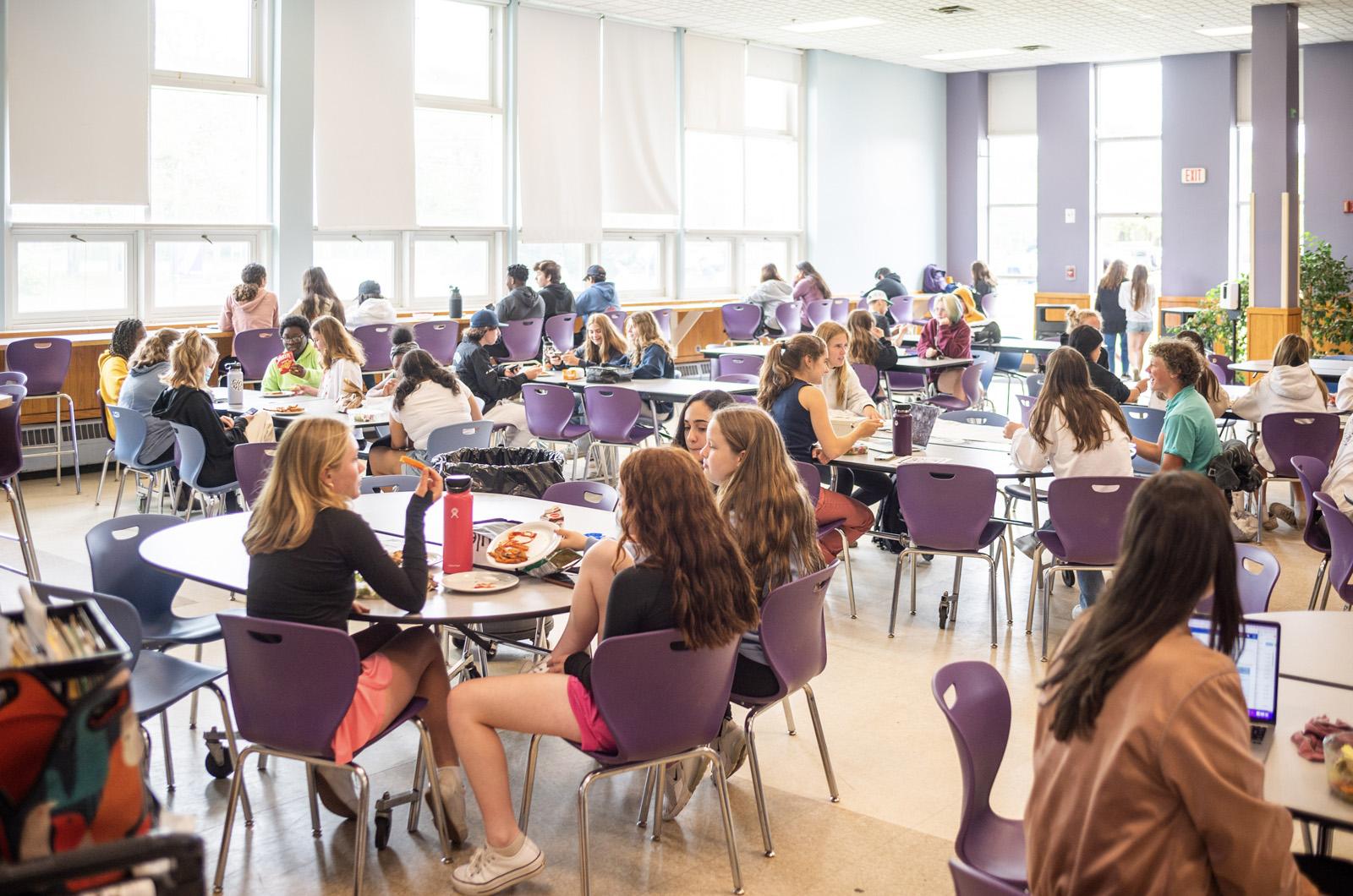In an unusual year-over-year increase, enrollment at Martha’s Vineyard Regional High School rose 10 per cent this year, but projections suggest that the Island’s student population overall will continue to grow in the years ahead, bucking the national trend.
While the U.S. Department of Education expects enrollments between 2020 and 2030 to drop by 4.3 per cent nationwide, 4.5 per cent in Massachusetts and 6.2 per cent in the northeast, Vineyard schools could have more than 2,500 children by 2033 — a nearly 11 per cent increase from today’s total of about 2,270.
The projections come from the nonprofit New England School Development Council and show a continuing upward trend for the Island system, which has already grown by more than 10 per cent over the past decade.
At Martha’s Vineyard Regional High School, this past year showed a big jump in enrollment, from just over 700 students to nearly 770, said superintendent of schools Dr. Richard Smith.
Town and school system officials are seeking local and state funding to rebuild the cramped, aging regional high school, where the development council report indicates that enrollment will surpass 800 in 2025-26 and could do so again in 2032-33.
To arrive at its projections, Mr. Smith said, the school development council examines a wide range of data sources including birth rates, employment trends, building permits and municipal projects.
Despite the volatility of world events and Island conditions, the projections for Martha’s Vineyard have proven to be fairly accurate over the first few years, he said. The second half-decade represents a more speculative forecast that districts can use to guide their planning but shouldn’t consider definitive.
“You can’t really predict a global pandemic,” Mr. Smith said.
Both near-term and longer projections in the report suggest a significant turnaround for the long-suffering Tisbury School, which has lost 18 per cent of its student body over the past
10 years, dropping from 323 children in the spring of 2013 to about 265 today.
With the school now undergoing an $81 million renovation to remove hazardous materials and expand the 1929 facility, enrollment is expected to rise by 17 to 22 students in each of the next
five academic years for total growth of 131 Tisbury schoolchildren — more than 49 per cent — over the decade. At the West Tisbury School, which grew by 29 per cent over the past 10 years, from 259 students to 334, the rate is expected to slow slightly. The development council expects a five-year increase to 352 and 411 by the end of the decade, a cumulative 10-year growth of about 23 per cent.
West Tisbury currently is seeking to upgrade its school, making a $194,000 request to voters this spring for electrical upgrades and air-handling equipment.
A long-term goal of making West Tisbury School environmentally friendly is also in the works. A $50,000 study of the building’s energy systems now needs to be merged with the school’s educational plan, Up-Island school committee members said last week.
Edgartown School, where Mr. Smith said more than 400 students are now enrolled, is projected to have 424 in five years and 451 in 10 years, a cumulative 13.9 per cent increase.
Only one Island school is projected to shrink, while another is looking at no overall growth over the coming years. In both cases, the enrollments trail falling birth rates.
In Oak Bluffs, the school is expected to lose a few students in most of the next 10 years. It is expected to go from 429 this year to 401 in 2027 and to 371 in 2032 for a cumulative decline of 58, or 13.5 per cent, for the decade.
Birth rates in Aquinnah and Chilmark are static, according to the report, though projections for the Chilmark School, which services both towns, are less statistically reliable due to the small number of children in each grade.
Regardless of the enrollment forecast, the Chilmark School is facing a short-term space crunch that officials hope to resolve by reclaiming a classroom currently being used by the private, nonprofit Chilmark Pre-School and relocating the pre-school class to another town property.








Comments (6)
Comments
Comment policy »